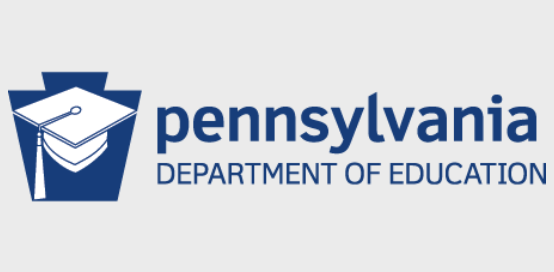Have a story idea
Have a story idea? Send it to us here.

Source : Pennsylvania Schools
January 20, 2024
Author : Patty Allen
In the last two decades, the number of children enrolled in public (29.35 million) and private (3.03 million) in the US has increased dramatically, as per reports by Statista. However, the current educational infrastructure is not sufficient to meet these exponential demands, and the resources are stretched thin.
Thus, local governments and school authorities nationwide are now working to revamp and upgrade infrastructure to support the growing needs and provide students with the right assistance.
Pennsylvania's educational infrastructure is on the brink of a major overhaul, with plans to invest over $2 billion in school construction and improvements over the next seven years. This initiative is a response to the burgeoning needs of the state's school facilities, which have not kept pace with the growing demands of modern education.
Pennsylvania will close a $5.4 billion budget gap over the next seven years under a proposal published Thursday to bring poor school districts on pace with those that meet the state's academic goals.
The increased financing would be directed toward low-income school districts, where a state court ruled last year that relying on property taxes to pay for public education is inequitable and unconstitutional. The idea is to set funding targets based on the spending of the state's most successful districts.
The proposal would provide an additional $1 billion in property tax relief to school districts taxing property owners at the highest rates, $200 million in basic education funding and $300 million in facilities repair and renovations each year.
"We have been presented with a once-in-a-lifetime opportunity to modernize our Commonwealth's education system and provide our children with a prosperous future." Senate President Pro Tempore Kim Ward (R-Westmoreland) said.
At the forefront of this development are Acts 33 and 34 of 2023, pivotal legislation passed by the General Assembly and the Governor. Act 33 introduces the School Environmental Repairs Program, allocating funds specifically for projects to mitigate environmental hazards such as lead in water sources, asbestos, and mold within schools.
Act 34 establishes the Public School Facility Improvement Grant Program, supporting a wider range of improvements, including roof repairs, HVAC systems, plumbing, energy-saving projects, and emergency and accessibility upgrades.
Despite the initial allocation of $175 million in the FY 23-24 budget for these programs, the need for greater and more sustained funding is recognized. The Commission overseeing this initiative recommends a minimum annual investment of $300 million to address the school infrastructure and maintenance needs adequately. This approach translates to an investment of more than $2 billion over seven years, targeting the state's school infrastructure crisis.
The PlanCon 2.0 application moratorium has been a roadblock in advancing these plans. However, testimonies from various school districts and associations emphasize the importance of opening and funding PlanCon 2.0 to facilitate these crucial developments.
A survey conducted by the Independent Fiscal Office, the Department of Education, and the Pennsylvania Association of School Business Officials, involving 100 school districts, provides detailed data on facility assessments, underlining the urgency of these upgrades.
Moreover, the funding challenges extend to charter school expenses. Many districts testify that the growing costs of charter schools, funded primarily through tuition payments by resident school districts, are a significant factor driving property tax increases. This situation calls for a reexamination of charter school funding, as it impacts Pennsylvania's broader financial landscape of education.
Pennsylvania's ambitious plan to revamp its school infrastructure represents a critical step towards modernizing educational facilities and ensuring safe, healthy, and conducive learning environments. The success of this initiative hinges on consistent funding and strategic planning, addressing both immediate needs and long-term educational objectives.
Category : State Government Schools
